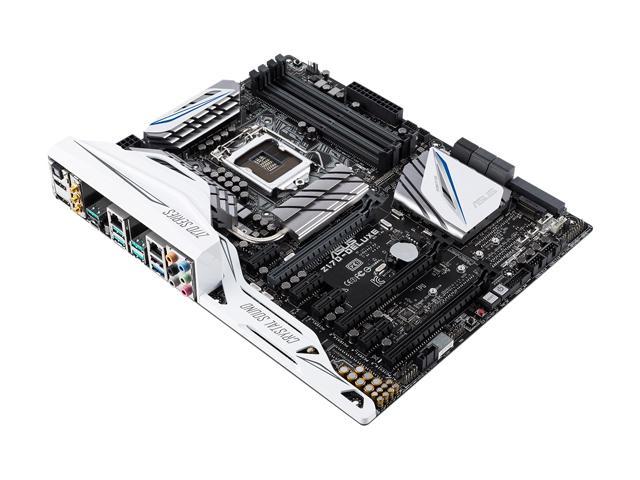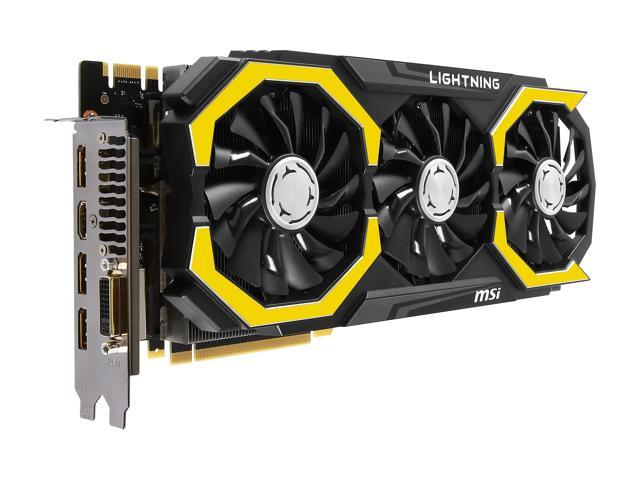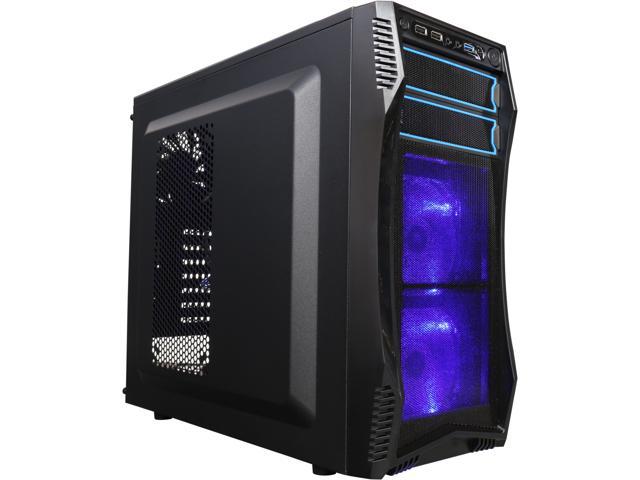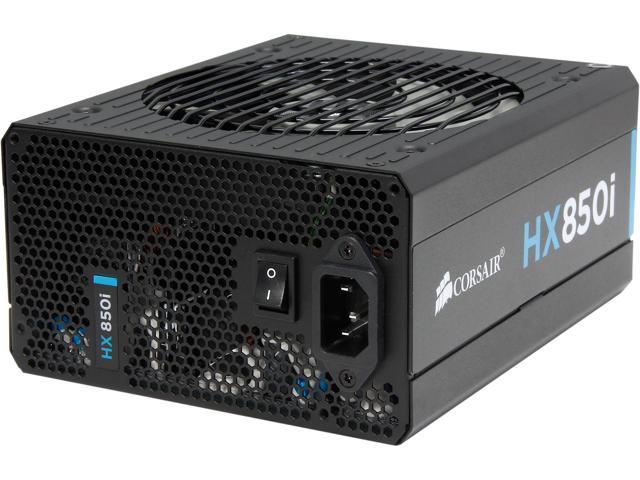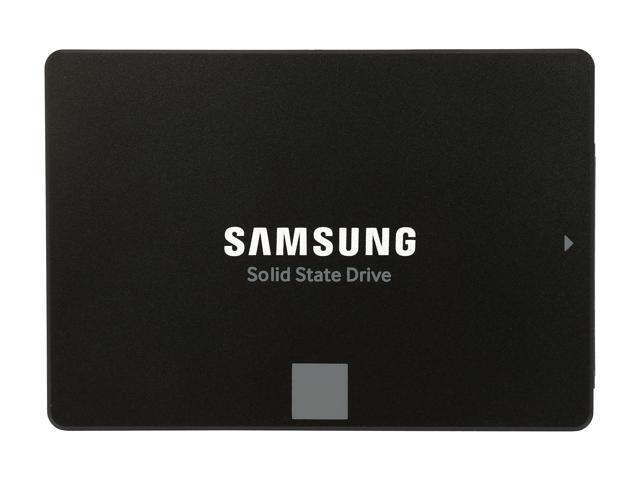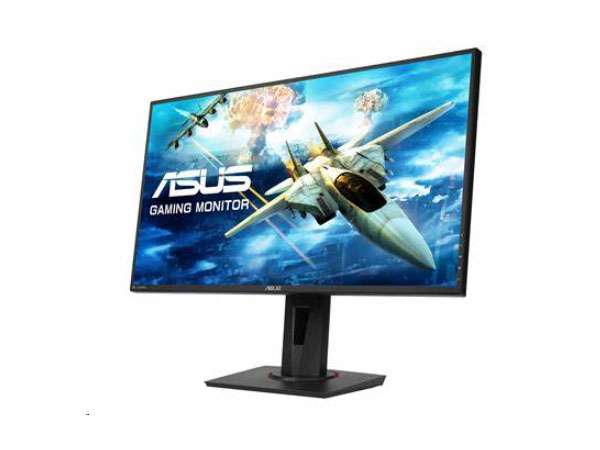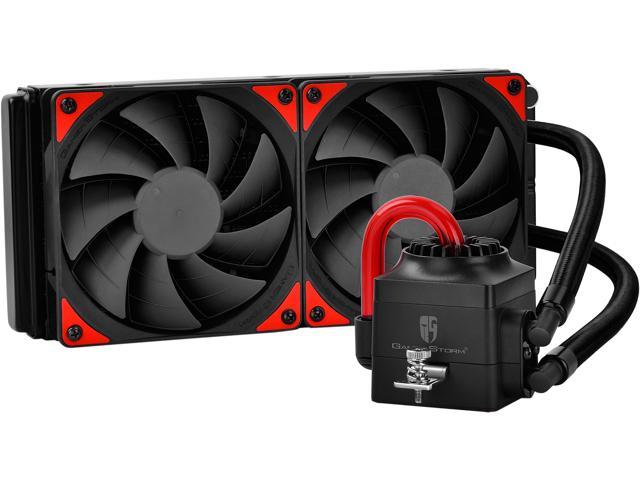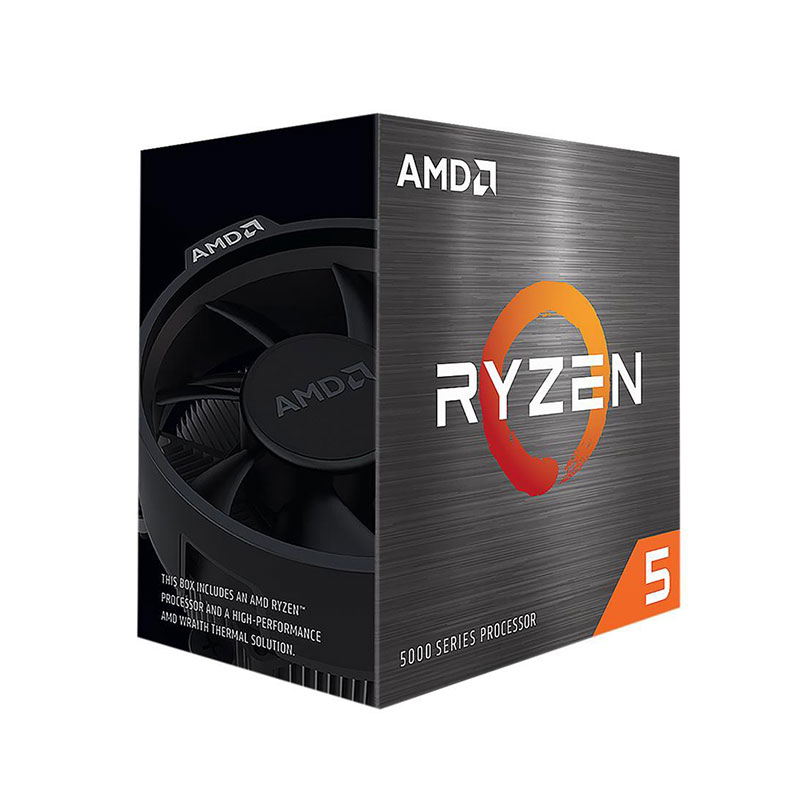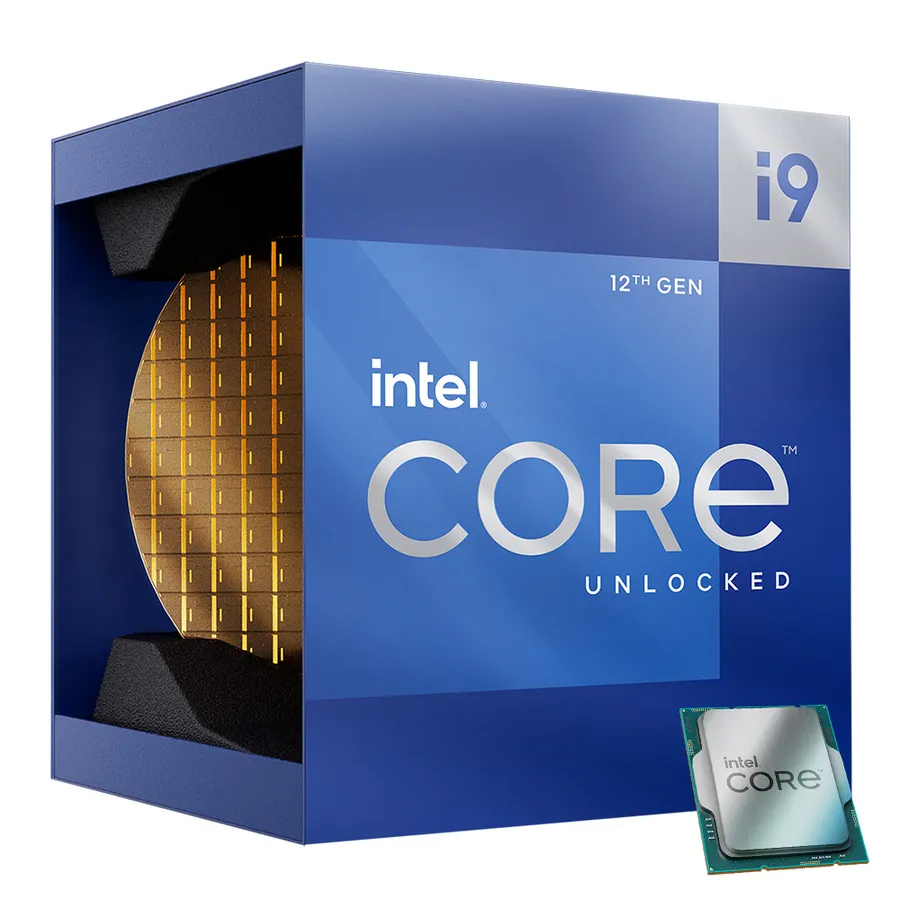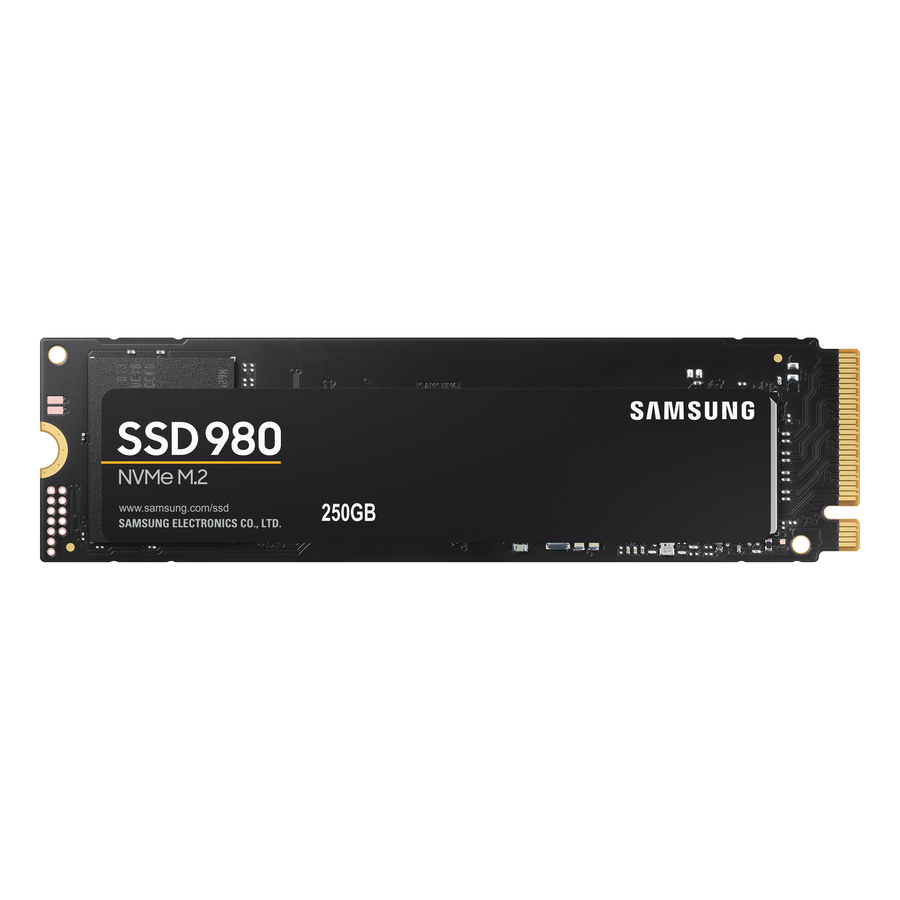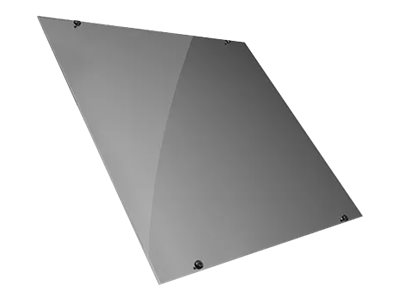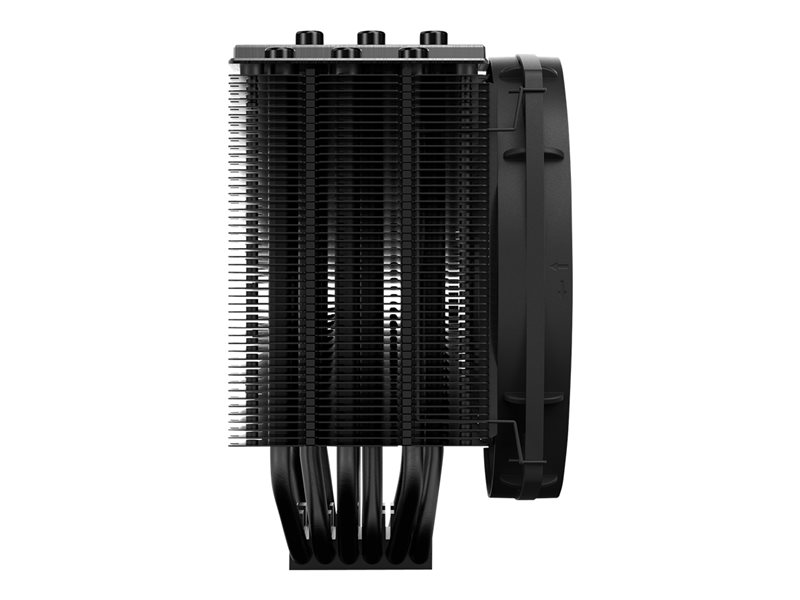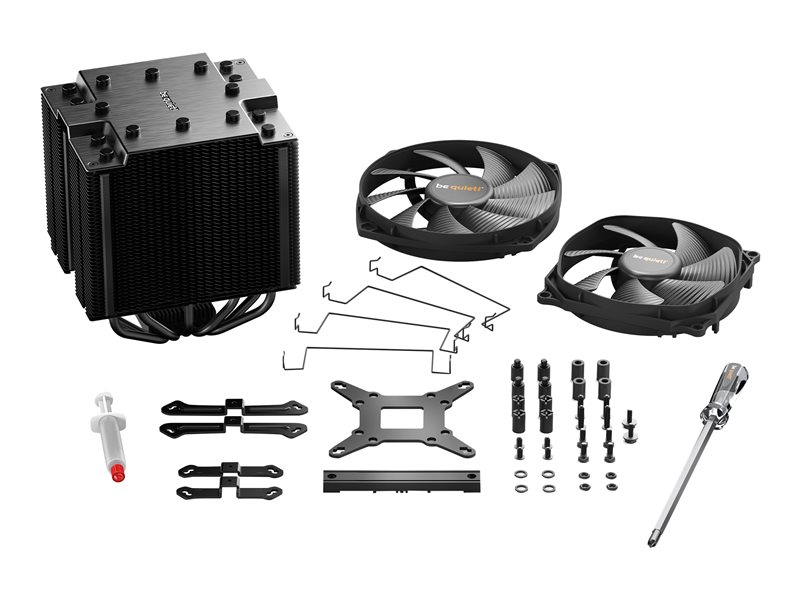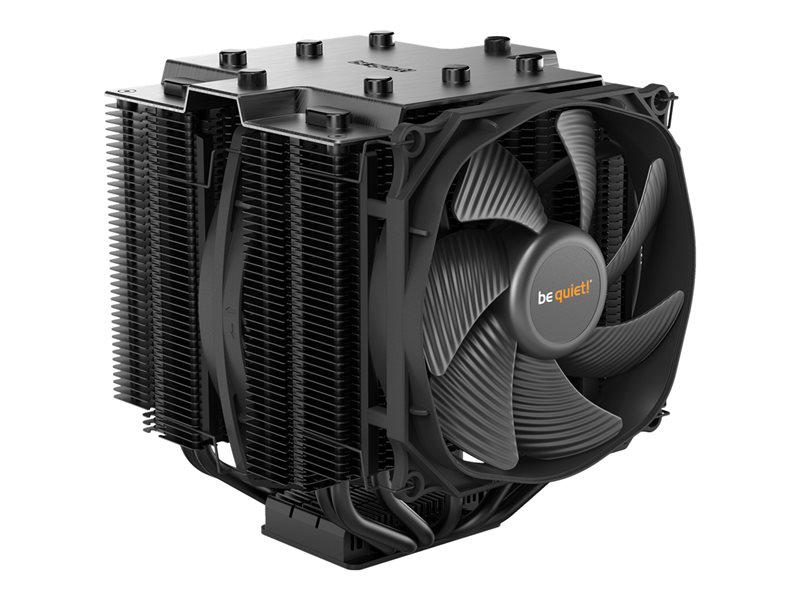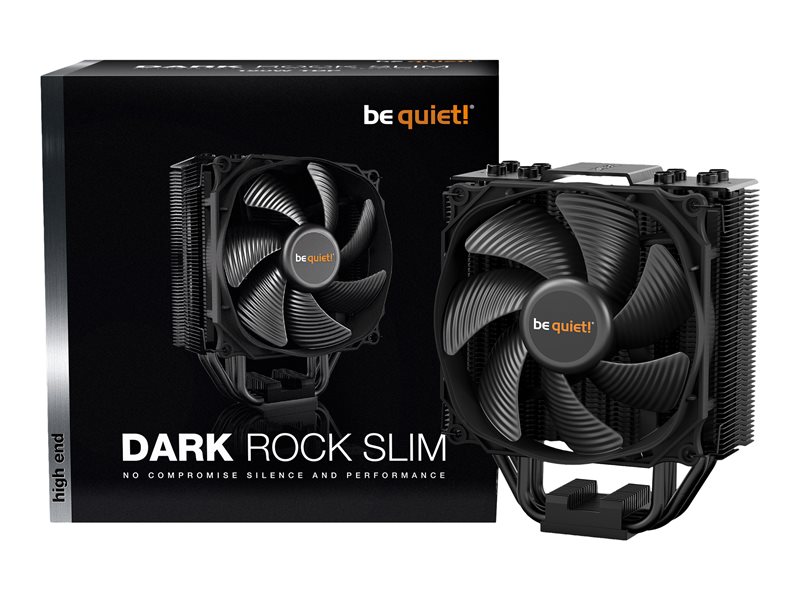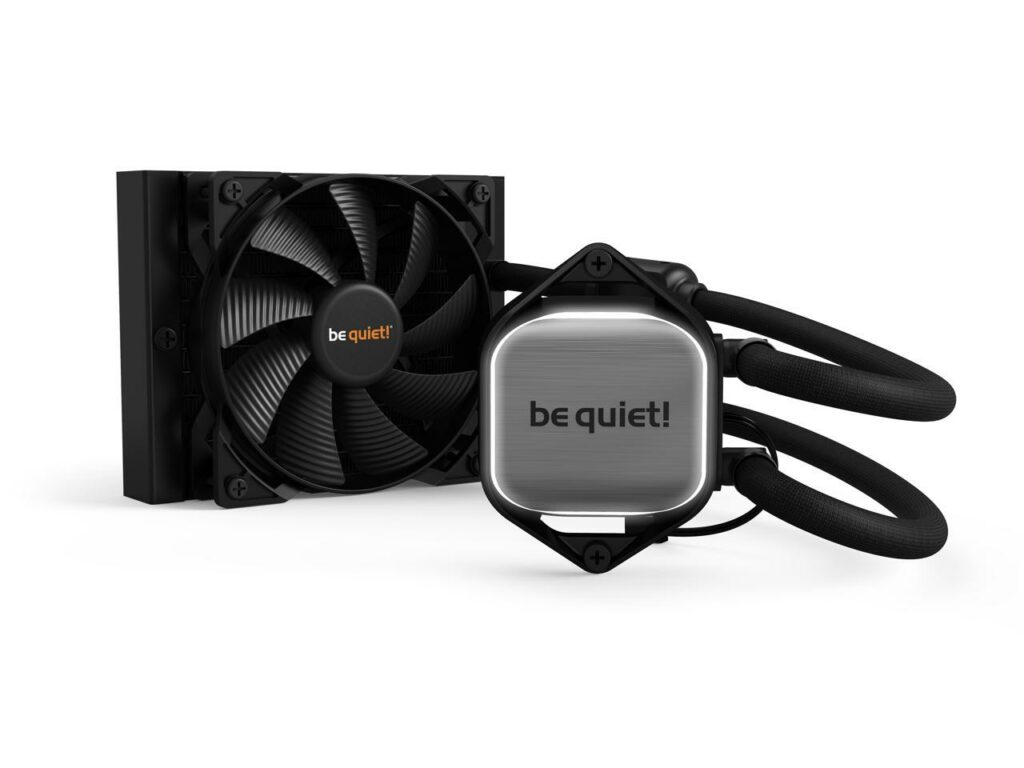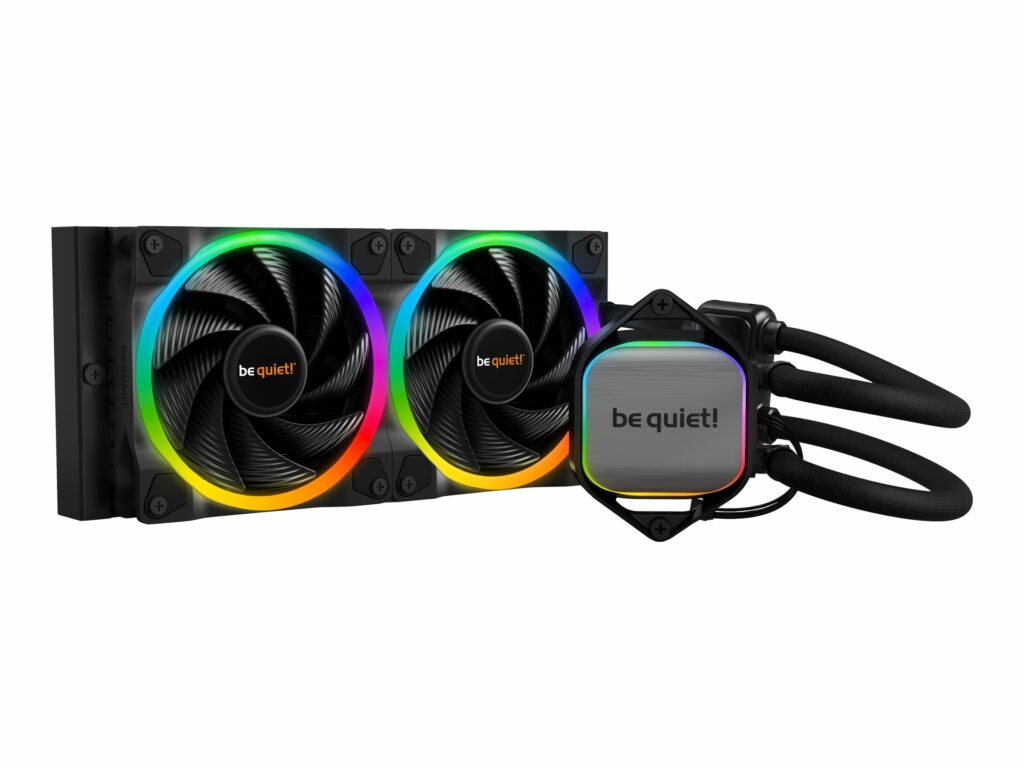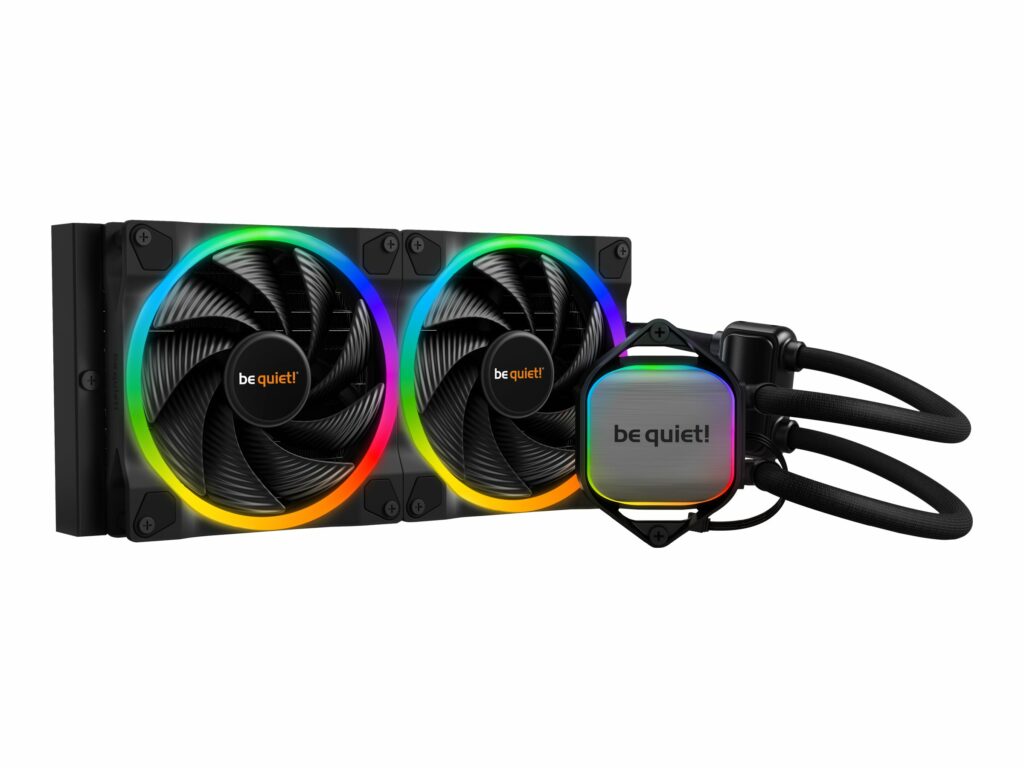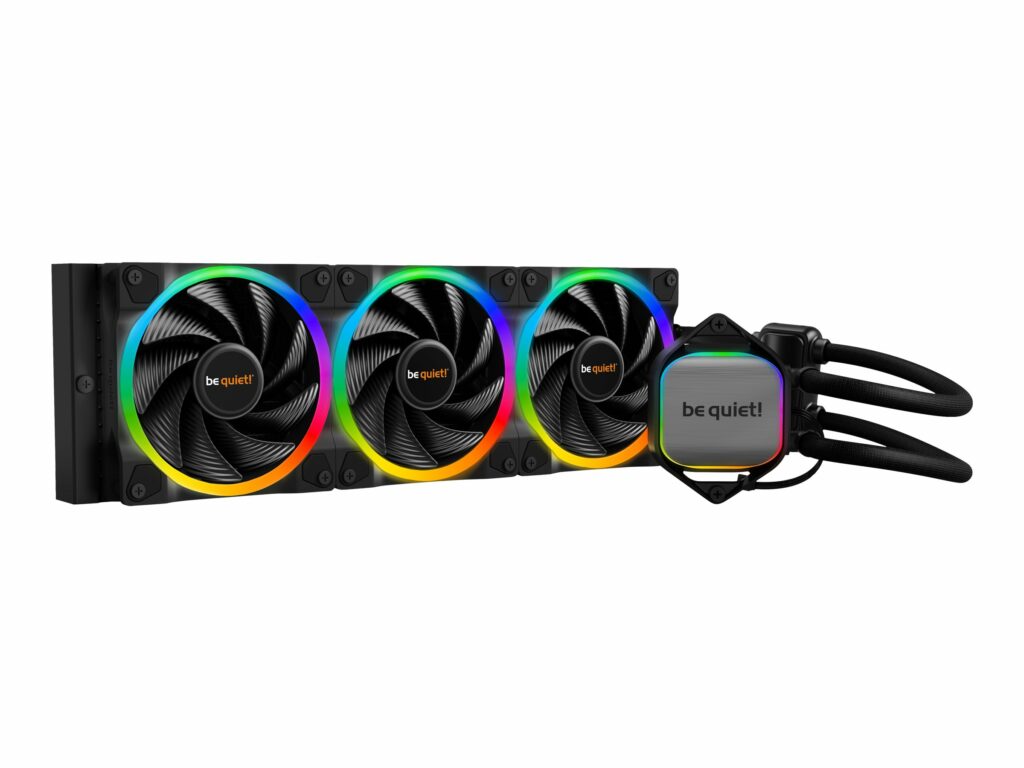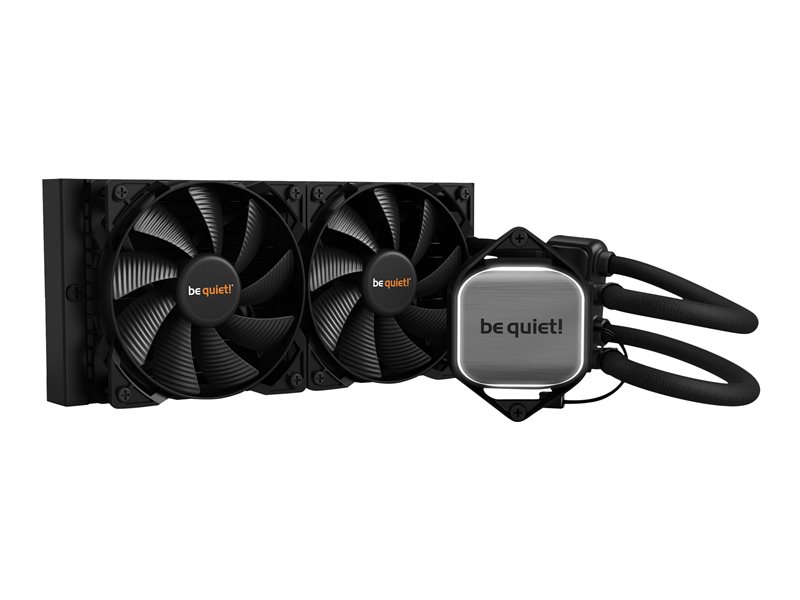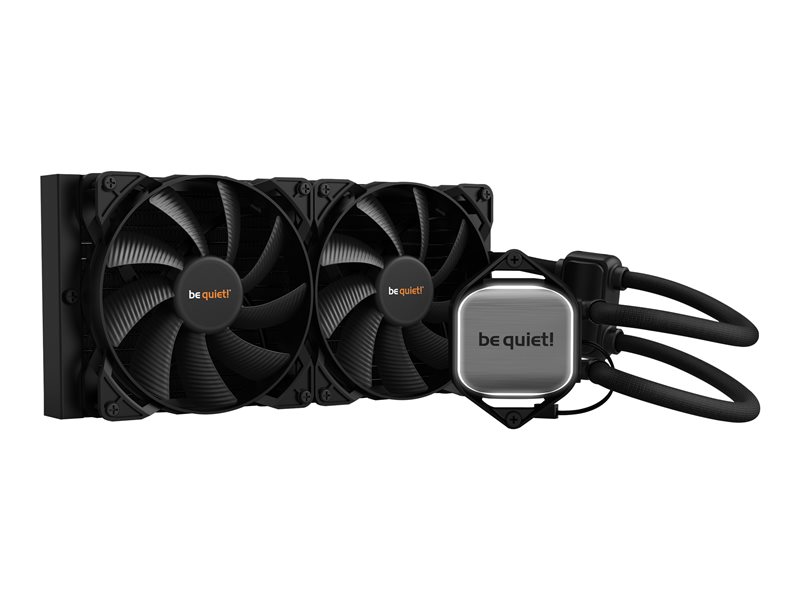Shop Category
Accessories
SHOP PC COMPONENTS & STORAGE
COMPONENTS & STORAGE FEATURED ITEMS
TOP SELLERS IN COMPUTER COMPONENTS
Computer components like the CPU, motherboard, computer case, RAM and drive are the core of a computer. They determine the capabilities and features of a computer, as well as its power and processing speeds. It’s important to choose computer components that can work together to satisfy your needs.
Computer CPU Processors Provide Processing Power
When building a new computer or upgrading an old one, focus on the computer’s Central Processing Unit (CPU) first, as it defines most of the components a computer can use. It will also determine what you can do with the computer. Typical users can skate by with a basic processor for surfing the net and checking email. Gamers will likely want a quad-core processor, though as games advance, six and eight-core processors become more attractive options. The more cores or threads a computer’s CPU processor has, the better performance it will provide, so graphic designers and video editors may need a high-end six or eight-core model.
CPU Motherboards Offer PCIe® Slots and a Home for the CPU
Many power supplies have an 80 PLUS certification that classifies their energy efficiency. PSUs with the standard 80 PLUS certification offer 80% efficiency at 20%, 50% and 100% loads. There are also Bronze, Silver, Gold, Platinum and Titanium 80 PLUS power supplies with higher energy efficiency than the standard 80 PLUS options. This helps maximize efficiency even in high-load situations.
80 PLUS Power Supplies Provide Optimal Energy Efficiency
The CPU connects to the motherboard, and provides Peripheral Component Interconnect express (PCIe) slots to connect devices. Depending on the motherboard, you can add video and graphics cards, a Solid State Drive (SSD) and more. The CPU motherboard also determines the type and amount of Random Access Memory (RAM) you can use. Pair motherboards with CPUs of the same generation for the best performance, and to ensure they can work together. Make sure to get a cooling fan that can keep up.
Computer Cases House and Protect Computer Components
There are three case size categories, though the computer cases themselves have varying dimensions. Full towers are large enough to accommodate specialty parts, such as Extended Advanced Technology Extended (ATX) motherboards and water cooling systems. Mid towers are the most common, and easily suit the needs of most users. Micro-ITX computer cases are large enough to house mini-ITX motherboards, and they are an excellent choice for basic rigs. Choose a case that can accommodate all computer components and allows airflow, which prevents overheating.
RAM Provides Dynamic Memory That Increases Processing Speeds
Small Outline Dual In-Line Memory Module (SO-DIMM) and Dual In-Line Memory Module (DIMM) reference the physical size of a memory stick. As a rule, SO-DIMMs are smaller and reserved for laptops and mini-PCs, while DIMMs are for full-size desktops. Double Data Rate (DDR) is the most common type of memory used by modern computers. DDR4 is the newest rendition. It’s faster than DDR3, which is nearly obsolete, but still capable of fulfilling the needs of most users.
Hard Drives and Solid State Drives Represent a Computer’s Storage Space
SSD drives are quieter, faster, conserve more energy and last longer than a standard HDD. That said, when comparing an SSD and an HDD of equal capacities, the HDD is almost always significantly cheaper. If storage is more important than speed, it’s often more economical to choose an HDD.


